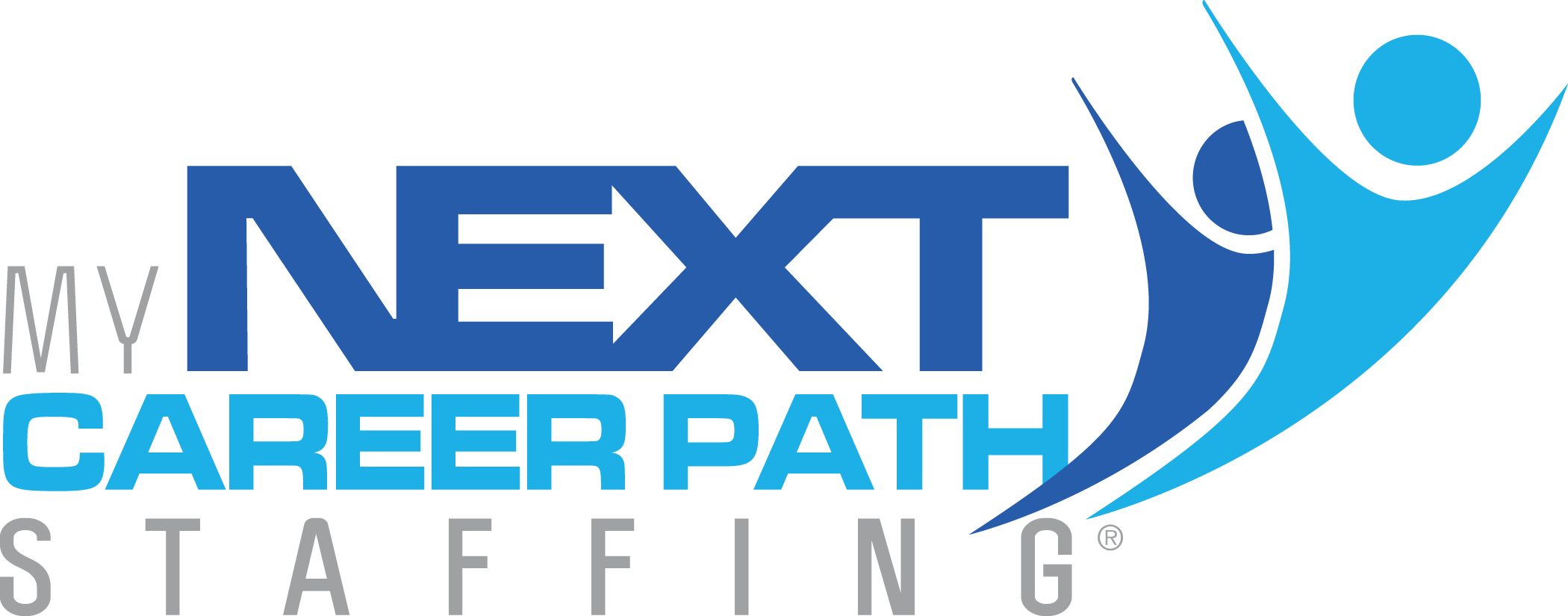The COVID-19 pandemic reshaped the way we work, and government agencies were no exception. Now it is imperative for organizations to adapt their staffing strategies to the new normal. In this article, we will provide practical approaches to post-pandemic workforce planning and how My Next Career Path Staffing can help your agency.
5 Tips for Post-Pandemic Workforce Planning for Government Agencies
Effective workforce planning has always been critical to any organization’s success. However, in the aftermath of the global COVID-19 pandemic, government agencies in particular have to embrace a transformative juncture in workforce planning to continue to be successful. Navigating this new landscape requires a strategic approach that embraces flexibility, remote work considerations, and a keen understanding of emerging industry trends. To assist government agencies in this critical endeavor, we have listed our top five essential tips for post-pandemic workforce planning. These actionable insights, rooted in practical experience and industry expertise, aim to empower agencies to build a resilient, agile, and forward-thinking workforce for the challenges ahead.
Embrace remote work in government agencies
The pandemic catapulted remote work into the forefront of government operations. Agencies quickly pivoted to virtual work environments, and the results were remarkable. Success stories abound, with teams proving that productivity and efficiency can thrive outside the traditional office setting. However, this transition also brought its share of challenges, shedding light on the importance of a strategic approach.
One of the primary benefits of remote work in government sectors is the newfound flexibility it offers both employees and agencies. This shift allows for a more balanced work-life dynamic, leading to improved job satisfaction and retention rates. Moreover, it brings substantial cost savings as agencies reevaluate real estate needs and find ways to optimize resources.
To facilitate effective remote collaboration, agencies need to invest in the right tools and technologies. Communication platforms and project management tools have become indispensable in ensuring seamless operations across distributed teams.
Build a flexible staffing model to meet organizational needs
A critical aspect of post-pandemic workforce planning is the adoption of flexible staffing models. Unlike traditional approaches, which rely heavily on fixed, full-time roles, flexible staffing involves a more dynamic allocation of resources. This can include project-based roles, temporary assignments, and contract work.
Understanding the concept of flexible staffing is pivotal. It involves recognizing the need for agility in responding to fluctuating workloads and priorities. By identifying roles suitable for flexible staffing, agencies can harness the benefits of a contingent workforce while maintaining a core team for stability.
Implementing a flexible staffing strategy requires a delicate balance. Core staff members should remain the backbone of the organization, providing stability and continuity. Meanwhile, flexible workers can be brought in to meet specific demands, ensuring agencies remain adaptable and responsive.
My Next Career Path Staffing offers recruitment of full-time, part-time, and temporary workers for a variety of positions and industries. Whether you need additional administrative support for a season or a new member of leadership, our team is here to support your government staffing needs.
Learn about our government staffing services.
Focus on employee well-being and engagement
The well-being of government employees has taken center stage in the wake of the pandemic. Acknowledging the mental health challenges and striving for a healthy work-life balance are now paramount for keeping employees engaged, motivated, and productive. Some ways to foster work-life balance include:
- Offering continuous learning and development opportunities
- Open lines of communication and feedback channels such as surveys
- Paid time off
- Insurance and other health-related benefits
Leverage data for informed decision-making
Data-driven decision-making has become a cornerstone of effective workforce planning for any organization. Gathering and analyzing workforce data enables government agencies to gain insights into current and future staffing needs and plan accordingly. Your organization should establish key performance indicators (KPIs) to effectively monitor progress and adjust strategies as needed. Project management systems and time-tracking software are some tools you can use to track and monitor progress to help you make informed staffing decisions.
Don’t be afraid to adapt to changing regulations and policies
Government agencies find themselves in a landscape marked by rapidly evolving regulations and policies. It’s critical for your organization to boldly embrace these changes to successfully adapt your workforce planning strategies. Rather than viewing regulatory shifts as hurdles, approach them as opportunities for innovation and optimization. This proactive stance allows you to not only remain compliant but also to strategically align your workforce planning with the evolving legal framework. Here are some tips for adapting to new regulations and policies:
- By staying abreast of new labor laws and regulations
- Cultivate a culture of adaptability
- Keep lines of communication open with your leadership team and staff so that changes are rolled out efficiently
- Be proactive, not reactive
Improving Your Workforce Planning Strategy
As we step into the post-pandemic era, government agencies face an unprecedented opportunity to reimagine their workforce strategies by embracing remote work, adopting flexible staffing models, prioritizing employee well-being, leveraging data, and adapting to evolving policies. These steps may seem labor-intensive, but partnering with a career staffing agency like My Next Career Path Staffing will help streamline the career staffing process and improve the candidate pool. Leverage these resources to build a resilient, agile workforce poised to thrive in the evolving landscape.
FAQs
How can a staffing agency like My Next Career Path Staffing assist government agencies in post-pandemic workforce planning?
My Next Career Path Staffing specializes in understanding industry-specific trends and has a team of experts who closely monitor workforce dynamics. They provide tailored solutions for government agencies looking to adapt their staffing models. Additionally, the agency offers access to a broad network of remote-ready talent, assists in onboarding remote workers, and ensures compliance with labor laws and regulations.
Why is remote work considered a crucial component of post-pandemic workforce planning?
Remote work offers increased flexibility and work-life balance for employees, leading to improved job satisfaction and retention rates. It also allows government agencies to optimize resources and reduce costs associated with physical office spaces. Moreover, a staffing agency like My Next Career Path Staffing can provide access to a pool of pre-screened candidates who are adept at working remotely, enabling agencies to swiftly adapt to distributed work environments.
How can government agencies ensure compliance with labor laws and regulations in the context of remote work?
Navigating regulatory compliance in the remote work landscape can be complex. Staffing agencies, such as My Next Career Path Staffing, have expertise in this area and can guide agencies through the legal intricacies. They offer support in ensuring that remote work arrangements adhere to relevant labor laws, including considerations for tax implications and other compliance requirements.


Recent Comments